
Refrigerant leaks were detected in 50% of the 28 stores investigated.
The Save Mart Companies (“Save Mart”) had leaks in 75% of stores visited.
Nearly all cooling systems, from a small window air conditioner to a large supermarket freezer, use some type of refrigerant. The most common in the market today are HFCs. HFCs were introduced in the 1990s as a replacement for ozone depleting substances (ODS), which are being eliminated globally under the Montreal Protocol.8 While HFCs are not ODS, they are thousands of times more powerful climate warming gases than CO2, with global warming potentials (GWPs) as high as 12,690 – earning their title of “super pollutants.”9
HFCs are projected to comprise 19% of total global greenhouse gas emissions by 2050 as demand for cooling and refrigeration systems increases worldwide; addressing these gases has been recognized among the largest climate mitigation opportunities available.
Under the Kigali Amendment to the Montreal Protocol, the global community is already working to phase down HFCs and transition to climate-friendly alternatives, including in the U.S. Alternative refrigerants with ultra-low GWPs such as CO2, propane, ammonia, and other hydrocarbon blends are already in use today.
Footage from Leaking Havoc, 2021 investigation.
| Gas Type | Trade Name | GWP |
|---|---|---|
| HFC | R507 | 4775 |
| HFC | R404A | 4728 |
| HFC | R410A | 2256 |
| HFC | R407A | 2262 |
| HFC | R134a | 1530 |
| HFC | R448A | 1494 |
| HCFC | R22 | 1960 |
| CO2 | R744 | 1 |
| Propane | R290 | <1 |
| Isobutane | R600a | <1 |
| Ammonia | R717 | 0 |
Proactive refrigerant management, such as routine inspection and leak detection equipment installation to avoid leaks, and the elimination of super pollutant use could significantly reduce the climate impact of supermarket operations. Additionally, the Environmental Protection Agency (EPA) estimated that if in just one year, every supermarket in the country reduced its leak rate to the GreenChill average of 12.9%, the industry could save over $541 million in refrigerant replacement costs.12 Still, many of the largest supermarkets have yet to institute meaningful and systemic changes to address refrigerant leaks.
Massive commercial refrigeration systems, like those in supermarkets, are highly susceptible to loose components and refrigerant leakages due to the size and complexity of their piping. Any improper installation, maintenance or tightening can result in loose or broken fittings which weaken connection points and allow for leaks.13 The mechanics of a refrigerator, which operates by expanding and contracting refrigerant under pressure, adversely affects the integrity of seals. Vibrations and regular wear and tear can exacerbate leakages. For these reasons, it is nearly impossible to have a system that will never leak in its lifetime.
The EPA estimates an average supermarket leaks 25% of its refrigerant each year.14 Across the 42,000 stores nationwide, this would release the greenhouse gas equivalent of burning 65 billion pounds of coal every single year.15
EPA’s GreenChill program is a voluntary partnership for the food retail industry to reduce refrigerant emissions. Stores can achieve certification for refrigerant practices, with the platinum level as the best, requiring stores to maintain a less than 5% annual average leak rate which the program reports over half of the certified stores have achieved.16 None of the companies investigated for leaks are part of GreenChill, except Ralphs Grocery, owned by Kroger which is a GreenChill partner, but no Ralphs stores are certified by the program.17
Monitoring and repairing refrigerant leaks is essential to reduce the climate impact of these systems; an even more effective solution, however, is to discontinue the use of high-GWP gases altogether. Commercial refrigeration is one of the most advanced cooling sectors when it comes to sustainable refrigerant solutions. There are no technical barriers to adopting better, climate-friendly technology in this sector. In 2023, there were approximately 68,500 food retail stores across Europe using transcritical CO2 technology, an ultra-low GWP natural refrigerant, and other such alternatives including hydrocarbons and ammonia.18 This is in stark contrast to the roughly 1,500 known stores in the U.S. using the same climate-friendly systems.19
Refrigerant Pollution Requirements for Companies
Programs like this are essential for tracking refrigerant use in a region and providing regulatory agencies with information needed to ensure these climate and ozone-damaging substances used as refrigerants are managed responsibly. As the saying goes, you can’t manage what you can’t measure. Unfortunately, with thousands of systems across the state, responsible management can fall short, highlighting the need for strong enforcement of the RMP requirements. As detailed in below sections, CARB has levied penalties for noncompliance with the RMP on companies in this investigation.
In the spring of 2024, EIA and Green America, alongside trained volunteers from YouthPower Climate Action, visited 28 stores from large food chains in Northern California.
EIA obtained data submitted to the CARB’s Refrigerant Management Program through a public records request. In looking at the registered cooling systems in the state for 2021-2023, we found the top supermarket chains with the largest footprint, meaning 500 or more refrigeration systems. This included Safeway, Ralphs Grocery or Food Co., Save Mart, Smart & Final, and Walmart. We then worked to select store locations across Northern California, focusing our investigation in the Bay Area and Sacramento.
Using a portable leak detector (equipment details below), the teams inspected each store’s retail area for refrigerant leaks and documented the concentration of refrigerant detected by the equipment in parts per million (ppm).
Methodology
 Bacharach PGM-IR Bagless Portable Refrigerant Monitor: capable of detecting over 60 different refrigerants including various chlorofluorocarbons (CFCs), hydrochlorofluorocarbons (HCFCs), and HFCs.20 The device is refrigerant specific and requires user selection of the refrigerant of interest. The machine compares the infrared (IR) signatures of the intake air to the preprogrammed signature for the selected refrigerant. The device has an accuracy of +/-1 ppm for most HFCs and +/-10 (+/-15%) for HCFC-22.21
Bacharach PGM-IR Bagless Portable Refrigerant Monitor: capable of detecting over 60 different refrigerants including various chlorofluorocarbons (CFCs), hydrochlorofluorocarbons (HCFCs), and HFCs.20 The device is refrigerant specific and requires user selection of the refrigerant of interest. The machine compares the infrared (IR) signatures of the intake air to the preprogrammed signature for the selected refrigerant. The device has an accuracy of +/-1 ppm for most HFCs and +/-10 (+/-15%) for HCFC-22.21
We entered every store with the Bacharach PGM-IR machine turned on and warmed up outside of the store. When inside, the device was programmed to detect the refrigerant labeled on the refrigerated cases inside the store. The procedure laid out in Bacharach’s “PGM-IR Detecting Grocery Store Leaks – Sales floor” video was followed, consisting of checking low to the ground in display cases and at every other door and grate on each aisle.22 To determine whether there was a leak from the central refrigeration system in a given store, we followed this procedure and recorded a positive leak if the machine read greater than 2 ppm. When detecting HCFC-22, we only considered a positive leak if it was greater than 10 ppm as the margin of error for detection of this refrigerant is higher than most other refrigerants. In most cases, the presence of a leak was also confirmed by the replicability with the Bacharach device several times during a store visit.
The ppm recorded for each store is the highest ppm the leak detection equipment observed at that point in space and time. This number does not quantify the size and severity of a leak, which may vary based on the timing and location of the leak detected and the amount of dispersion. Since we are not measuring the severity of a leak, we took a binary approach to recording the presence of a leak or no leak. For this reason, we are not sharing the ppms recorded in each store. However, all leaks recorded using this procedure had the potential to be major leaks, even if detected at a small concentration of less than 10 ppm, given the likelihood of considerable dispersion throughout the large space.
Since we were limited in our ability to further investigate the leak once detected, we made other considerations while detecting to ensure the accuracy of our results, including:
- If a closed-door unit had just been opened, we allowed time for any leak to re-accumulate before testing to account for dispersion.
- Fans circulate air and increase refrigerant dispersion. When possible, we tested for leaks both when the system fans were on and off.
- Extensive refrigerant piping is most often located at the bottom of display cases. Similarly, refrigerants themselves are heavier than air and settle at the bottom. We primarily tested for leaks near the ground where refrigerants likely are contained and settled.
An example is Gristedes Supermarkets, a major New York grocery chain that EIA uncovered to have significant refrigerant leaks, which received a $400,000 civil penalty and extensive repairs costing millions of dollars from violations of the Clean Air Act and EPA’s Recycling and Emissions Reduction Rule.
On October 11 of this year, the EPA established the Emissions Reduction and Reclamation (ER&R) program, setting requirements to reduce equipment leaks and improve practices for responsible refrigerant management at end of life.23 This huge step could result in 120 million metric tons of carbon dioxide equivalent (MTCO2e) of avoided emissions by 2050, equivalent to emissions from 23.7 million homes’ electricity usage for one year.24 However, the companies exhibiting continued non-compliance with state regulations show the necessity for strong enforcement to achieve the emissions reductions projected under the EPA regulations.
Albertsons does not publicly report its leak rate, is not an EPA GreenChill Partner, and reports HFCs make up 70% of its direct climate emissions.28
While progressive retailers are planning for the future– like ALDI has committed to using natural refrigerants across new and existing stores, or Meijer which has the lowest refrigerant leak rate– others are dragging their feet at the expense of the climate and their own bottom line.
In California, the F-gas Reduction Incentive Program (FRIP) funding is available to support the transition across supermarkets to ultra-low GWP refrigerants. With state funding available and state and federal deadlines looming, a lack of attention to refrigerant management is unacceptable and should be setting off alarms at company headquarters.
Our organizations are calling on companies to address refrigerant emissions through the following:
- Implement upgrades to leak monitoring and repair best practices, including a zero-leak tolerance policy which requires leaks to be repaired prior to adding more refrigerant and set leak detection systems to trigger an alarm at leaks of 2 ppm throughout stores;
- Reduce corporate average refrigerant leak rate to EPA GreenChill best-in-class rate of <5% and publish progress towards this goal;
- Institute criteria to retire and replace chronically leaking systems exceeding a 25% leak rate;
- Develop a strategy to fully phase out all HFCs in stores by 2035, including an interim target to reduce HFC emissions by 50% by 2030;
- Immediately use only HFC-free refrigeration in all new builds and major retrofits;
- Use only recycled and reclaimed refrigerants to service existing equipment that uses HFCs;
- Reduce the overall climate footprint of their cooling including through energy efficiency measures and easy-but-impactful steps, like adding doors or night shades to open cases, upgrading to LED lighting, and reducing leaks;
- Enhance transparency by regularly publishing information quantifying current refrigerant emissions, all actions taken to adopt technology, reduce leaks, increase efficiency, as well as stating measurable future commitments to reduce use and emissions.
The EPA’s new rule requires refrigerant-containing equipment using HFCs with a full charge of 15 pounds or more will be subject to leak repair requirements. This includes maximum leak rate thresholds, inspection provisions, timelines to fix leaks, and the extent of repair required. Automatic leak detection (ALD) systems will be required on large commercial and industrial systems of 1,500 pounds or more, such as those found in supermarkets. Additionally, supermarket systems will be required to use reclaimed gas in servicing equipment as of 2029.35
While individual corporate action is important, government policy is necessary for industry-wide change. We call on federal and state regulators to enact policy solutions to reduce leaks and end-of-life emissions from supermarkets, including:
- Increase resources for enforcement actions, and consider increasing the fines to address repeat non-compliance by companies, on RMP violations by commercial and industrial end users.
- Require retailers to attain a company-wide weighted-average GWP of less than 1,400 or a 55% or greater reduction in Greenhouse Gas Emission Potential (GHGp) below 2019 levels by 2030;36 and amend ALD systems regulations to trigger an alarm at leaks detected above 2 ppm for industrial refrigeration systems.
This report primarily serves as a call to action for industry and government to act in the interest of our shared climate. It also demonstrates the feasibility of finding leaks in your neighborhood and serves as a tool to hold the largest companies accountable. You can:
- Hunt down stores using super pollutants and submit your neighborhood grocer or supermarket to EIA’s climate-friendly supermarkets map;
- Put pressure on the companies by signing the petition to take stronger action on these damaging emissions;
- Sign up to be notified of future citizen actions, such as further engagement with supermarket companies and commenting on EPA rulemakings.
 Green America is the nation’s leading green economy non-profit organization, which works to harness the strengths of individuals, investors, businesses, and the marketplace to create a socially just and environmentally sustainable society. Green America’s ‘Cool It’ campaign urges major food retailers to curb greenhouse gas emissions and transition to natural refrigerants.
Green America is the nation’s leading green economy non-profit organization, which works to harness the strengths of individuals, investors, businesses, and the marketplace to create a socially just and environmentally sustainable society. Green America’s ‘Cool It’ campaign urges major food retailers to curb greenhouse gas emissions and transition to natural refrigerants.
 YouthPower Climate Action is a youth-led grassroots organization in Alameda, California. Their refrigerant project works with local supermarkets to help them transition to climate-friendly refrigerants. The group has conducted interviews with grocery stores, organized events to collect refrigerant data for EIA’s supermarket map, and researched local policy and funding opportunities to end the reliance on super-polluting HFCs.
YouthPower Climate Action is a youth-led grassroots organization in Alameda, California. Their refrigerant project works with local supermarkets to help them transition to climate-friendly refrigerants. The group has conducted interviews with grocery stores, organized events to collect refrigerant data for EIA’s supermarket map, and researched local policy and funding opportunities to end the reliance on super-polluting HFCs.
As the new year begins, we hope you’ll beware of spending your shopping dollars at a store using climate-polluting refrigerants. Learn how to investigate your store to find out if it uses HFCs, and if it does, find an HFC-free store near you on the climate-friendly supermarkets map.
As for us in 2025, we’re ready to keep investigating climate pollution across the country and raising awareness about the invisible super pollutants leaking in your grocery aisles. The EIA leak detector’s cross-country road trip may be just the beginning. Whose supermarket will we be leak detecting in next?
EIA notified companies prior to publication of this report to allow for comments or response. See their responses.
Endnotes
Click any endnote number to return to your place in the report.
2. Based on CARB RMP data from 2021-2023 of registered cooling systems in the state, meaning 500 or more refrigeration systems.
3. Ralphs Grocery is the largest subsidiary of Kroger. Kroger also operates stores under the Food 4 Less and Foods Co. names in California.
4. The Save Mart Companies operate Save Mart, Lucky, and FoodMaxx stores in California and Western Nevada.
5. Smart & Final
6. https://ww2.arb.ca.gov/enforcement-policy-reports
7. CARB Refrigerant Management Program, Public data request for 2023 refrigerant information https://ww2.arb.ca.gov/our-work/programs/refrigerant-management-program
8. See UN Environment, About Montreal Protocol: https://www.unep.org/ozonaction/index.php/who-we-are/about-montreal-protocol
9. Montzka, S. A. et al. Hydrofluorocarbons (HFCs) in Scientific Assessment of Ozone Depletion: 2018. Global Ozone Research and Monitoring Project—Report No. 58 (World Meteorological Organization, Geneva, Switzerland, 2019).
10. ATMO. Natural Refrigerants: State of the Industry Refrigeration in Europe, North America and Japan, Plus Heat Pumps in Europe. 2023. https://atmosphere.cool/atmo-market-report-2023/
11. EIA. ALDI becomes first U.S. food retailer to commit to natural refrigerants across all stores. 2024. https://eia.org/blog/aldi-becomes-first-u-s-food-retailer-to-commit-to-natural-refrigerants-across-all-stores/
12. https://www.epa.gov/system/files/documents/2022-09/GreenChill-Keeping-Cool-for-15-Years-2022_1.pdf
13. See p. 6, EPA GreenChill Best Practices Guideline: Commercial Refrigeration Leak Prevention & Repair: https://www.epa.gov/sites/production/files/documents/leakpreventionrepairguidelines.pdf
14. EPA. GreenChill. Keeping Cool For Fifteen Years. 2022. https://www.epa.gov/system/files/documents/2022-09/GreenChill-Keeping-Cool-for-15-Years-2022_1.pdf
15. https://www.climatefriendlysupermarkets.org/get-the-facts
16. EPA Press Release, https://www.epa.gov/newsreleases/epas-greenchill-program-celebrates-achievements-environmentally-Friendly-refrigerant
17. https://www.epa.gov/greenchill/greenchill-certified-stores#current
18. https://atmosphere.cool/atmo-market-report-2023/
19. NASRC, https://static1.squarespace.com/static/55a672f1e4b06d4dd52f83de/t/652ebd5173225616052c46f7/1697561938392/NASRC_FoodRetailerSurvey_FINAL+DIGITAL.pdf
20. See Bacharach, Operation and Maintenance: https://www.mybacharach.com/wp-content/uploads/pdf/PGM/3015-5466.pdf
21. EIA, Ibid, p. 8
22. See Bacharach Video, PGM-IR Detecting Grocery Store Leaks – Sales floor: https://youtu.be/YqxO4beUfZg
23. EIA. EPA’s New Rule on Refrigerant Management Set to Reduce Millions of Tons of Superpolluting Greenhouse Gases. 2024. https://eia.org/press-releases/epas-new-rule-on-refrigerant-management/
24. EPA. Final Rule - Phasedown of Hydrofluorocarbons: Management of Certain Hydrofluorocarbons and Substitutes under Subsection (h) of the American Innovation and Manufacturing Act. 2024. https://www.epa.gov/system/files/documents/2024-09/err-fact-sheet.pdf
25. List of brands owned by Albertsons: Albertsons, Albertsons Market, ACME, Amigos, Andronic’s Community Market, Carrs, Haggen, Jewel Osco, Lucky, Market Street, Pavilions, Plated, Randalls, Safeway, Safeway Community Markets, Shaw’s, Star Market, Tom Thumb, United Express, United Supermarkets, Vons
26. Based on the quantity of all reported facility and refrigeration systems to the California Air Resources Board’s Refrigerant Management Program, per 2021 data.
27. https://www.grocerydive.com/news/albertsons-fourth-quarter-2023-financial-results-grocery-supermarket-retail/713911/
28. 2023 Albertsons CDP, Emissions Breakdown. 1,799,033 Metric tons (t) CO2e of fugitive emissions from refrigerants.
29. 2023 ESG https://www.albertsonscompanies.com/our-impact/esg-reports-news/default.aspx
30. https://ww2.arb.ca.gov/albertsons-companies-inc-settlement
31. https://ww2.arb.ca.gov/news/carb-settles-albertsons-grocery-chain-51-million-violations-refrigerant-management-program
32. https://ww2.arb.ca.gov/albertsons-companies-inc-settlement-0
33. https://ww2.arb.ca.gov/save-mart-supermarkets-settlement
34. https://ww2.arb.ca.gov/save-mart-supermarkets-llc-settlement
35. The rule is also the first national reclamation standard that will cap virgin HFCs at 15% by weight in refrigerants marketed as “reclaimed.”
EPA. Final Rule - Phasedown of Hydrofluorocarbons:Management of Certain Hydrofluorocarbons and Substitutes under Subsection (h) of the American Innovation and Manufacturing Act. 2024. https://www.federalregister.gov/documents/2024/10/11/2024-21967/phasedown-of-hydrofluorocarbons-management-of-certain-hydrofluorocarbons-and-substitutes-under-the
36. CARB. Existing Retail Food Companies. https://ww2.arb.ca.gov/our-work/programs/california-significant-new-alternatives-policy-snap/retail-food-facility
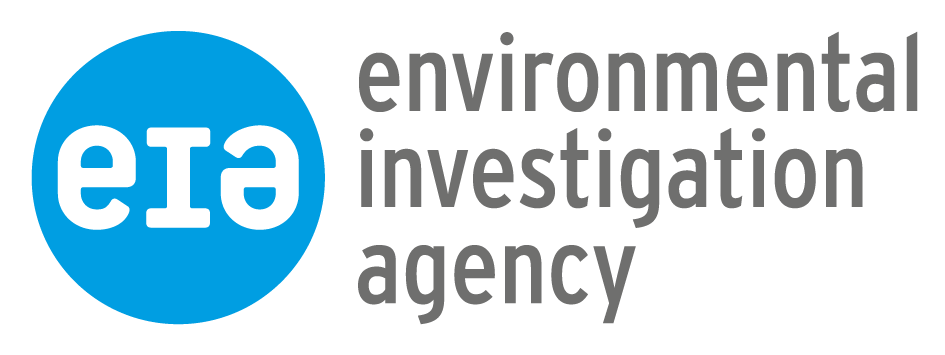




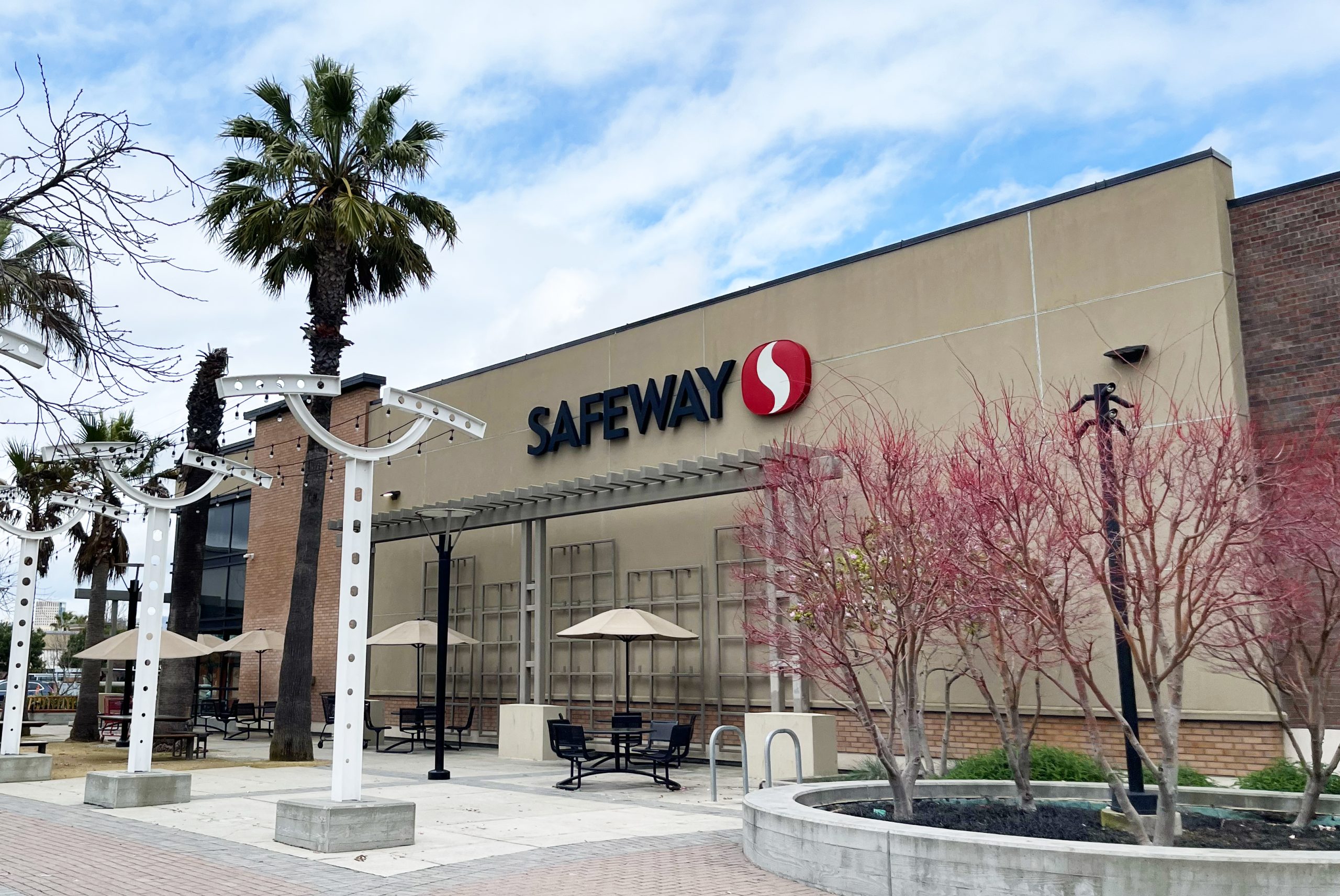
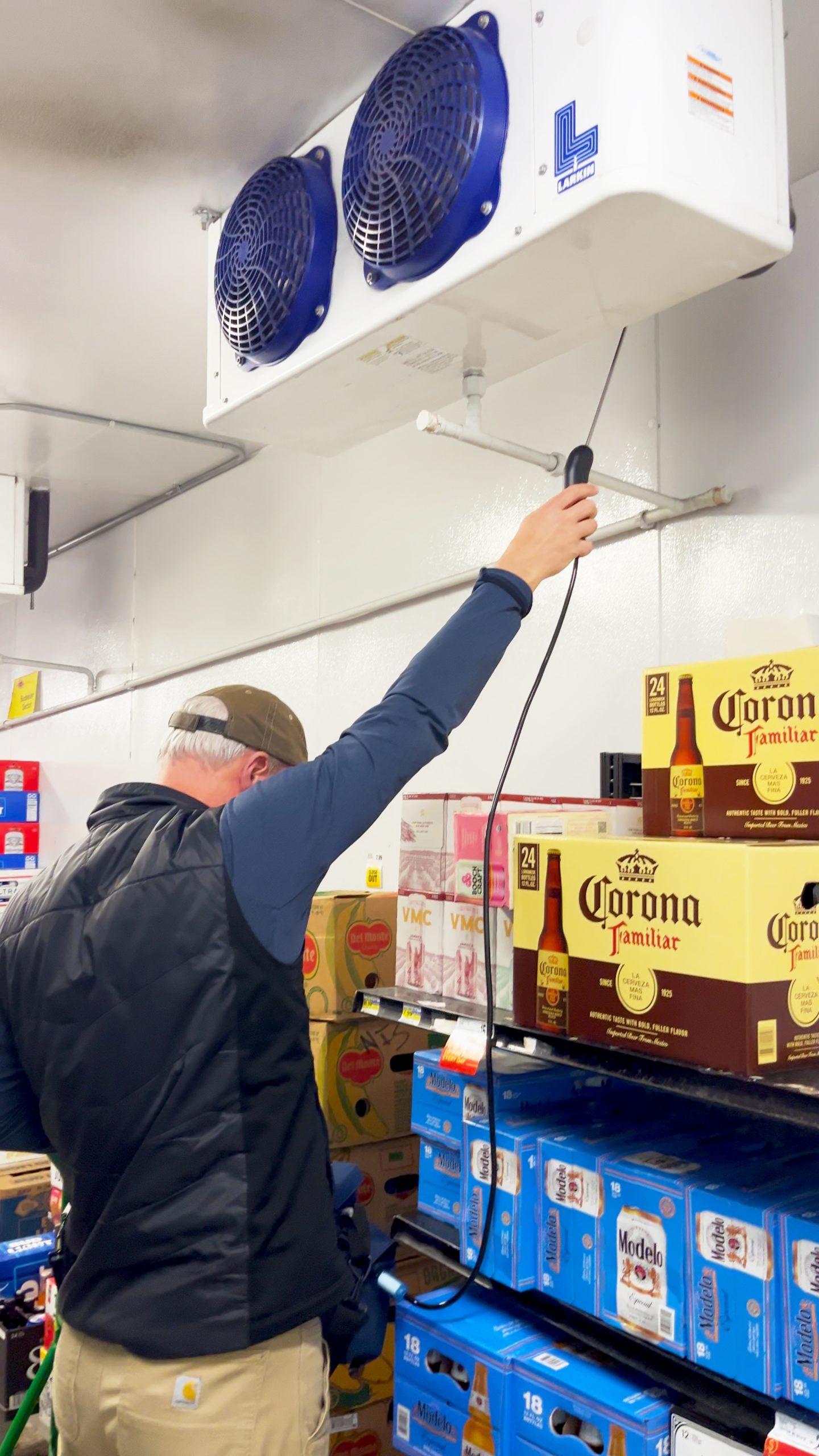 Albertsons states improving refrigerant infrastructure is a primary area of focus for its Climate Action strategy, and for this, it’s developed a roadmap to reduce leak rates and implement “lower global warming potential refrigerants” in operations.
Albertsons states improving refrigerant infrastructure is a primary area of focus for its Climate Action strategy, and for this, it’s developed a roadmap to reduce leak rates and implement “lower global warming potential refrigerants” in operations.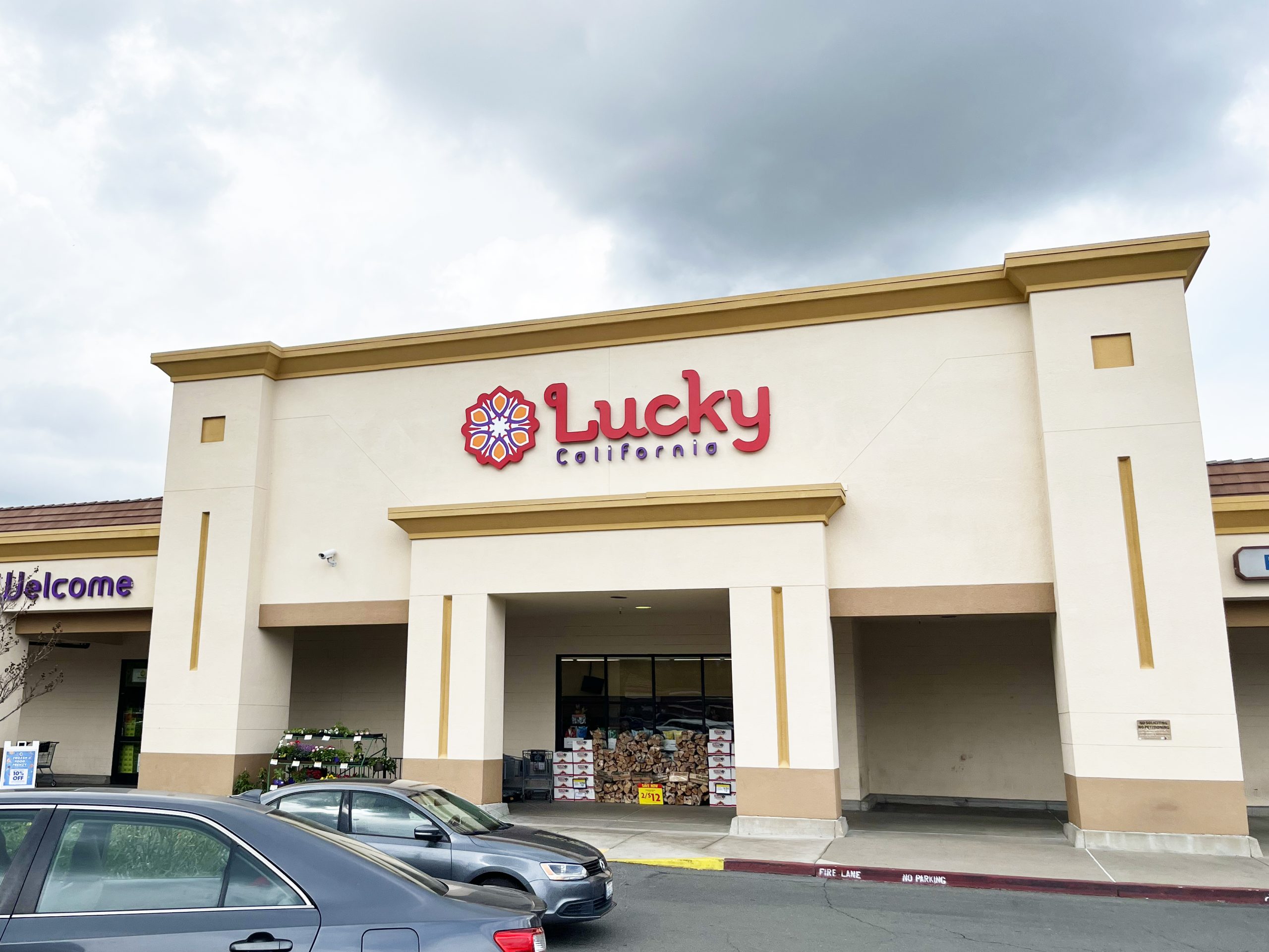
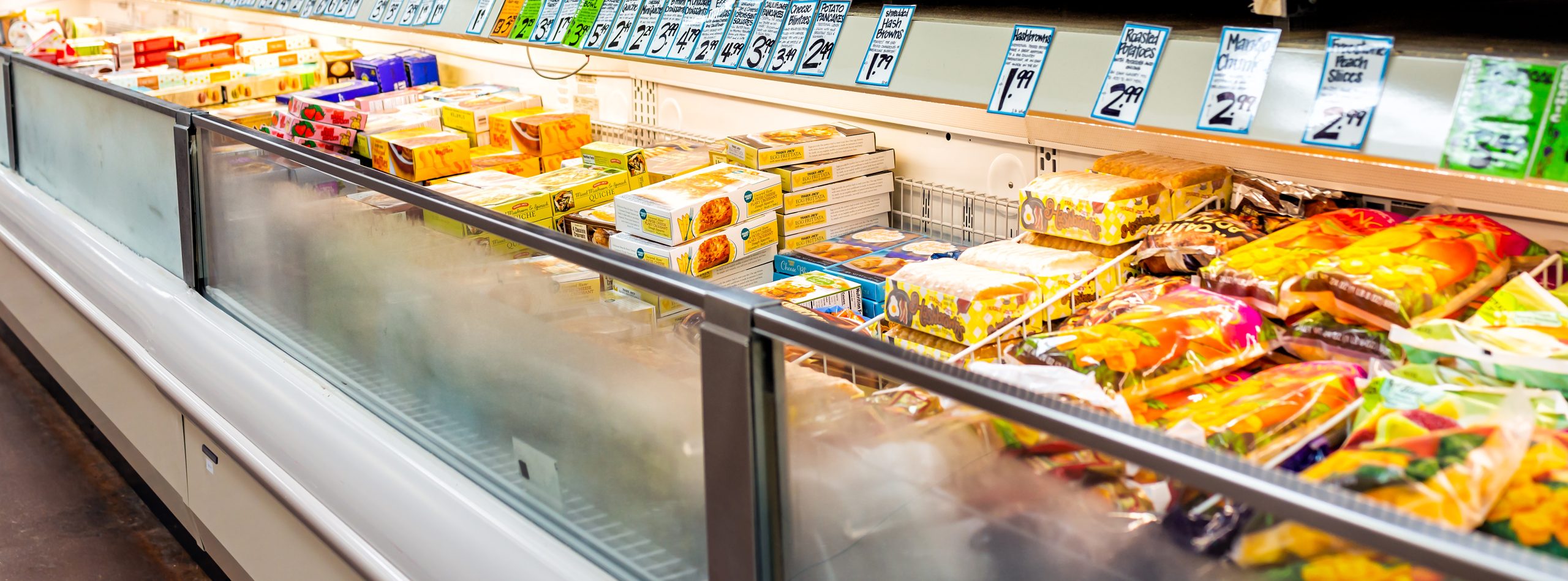
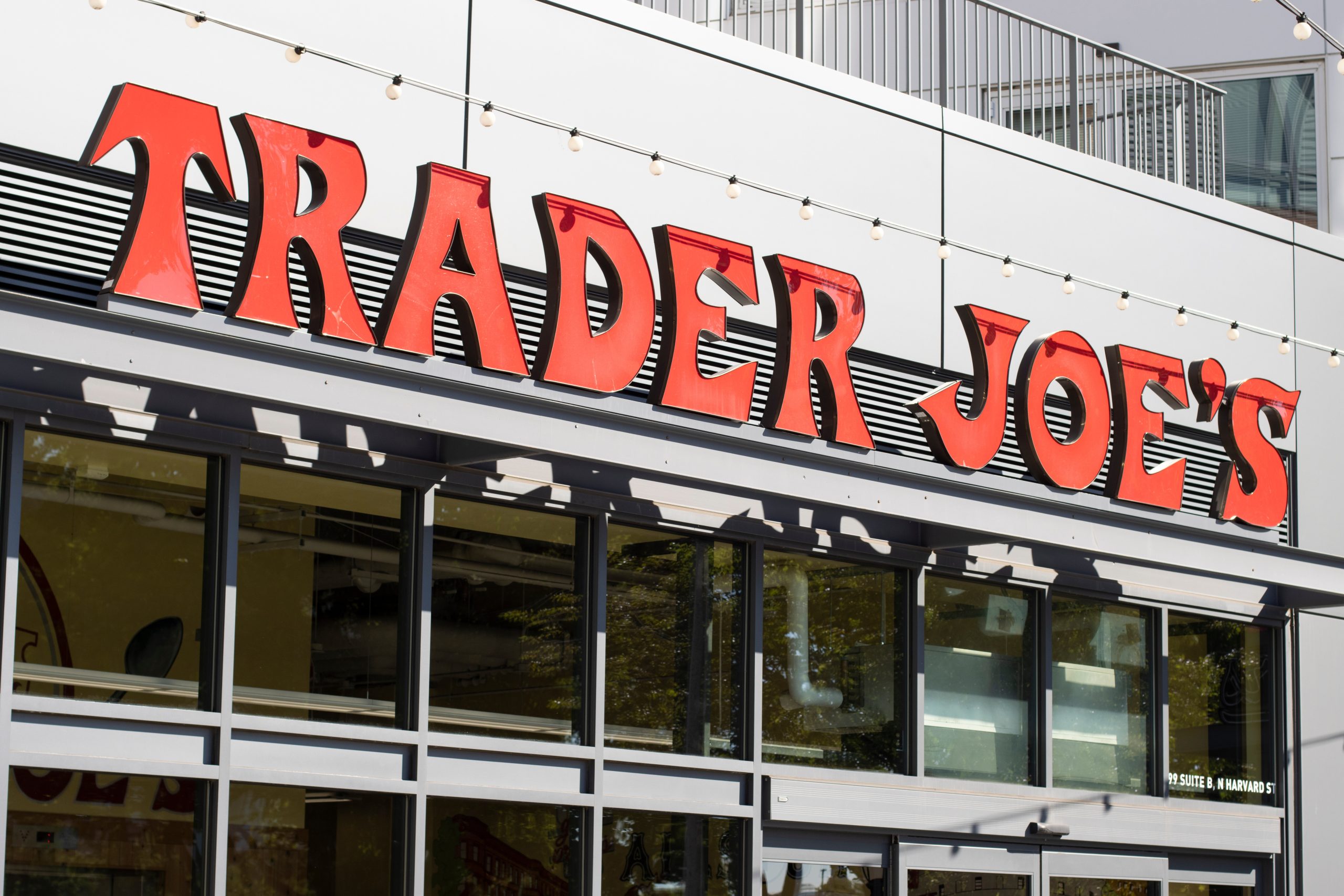 Open Cases and Leak Detection
Open Cases and Leak Detection




